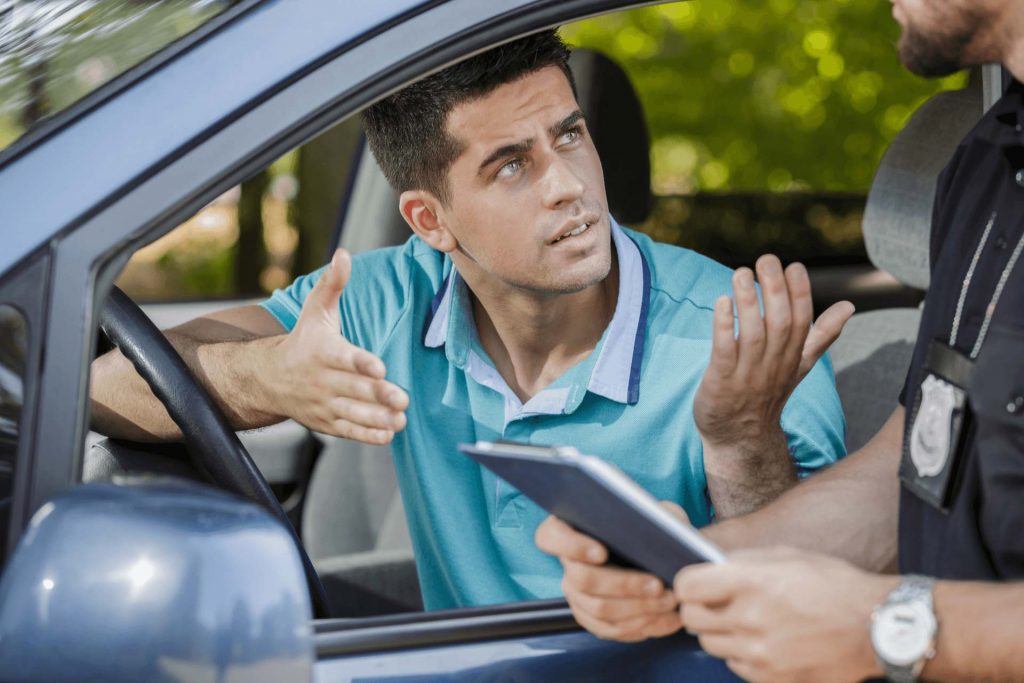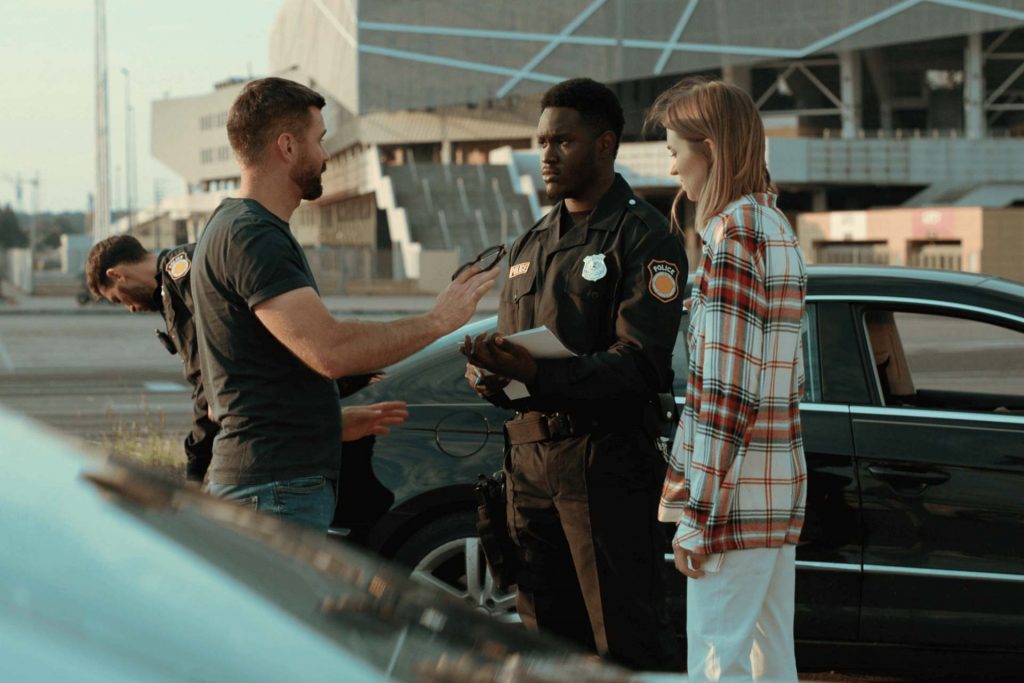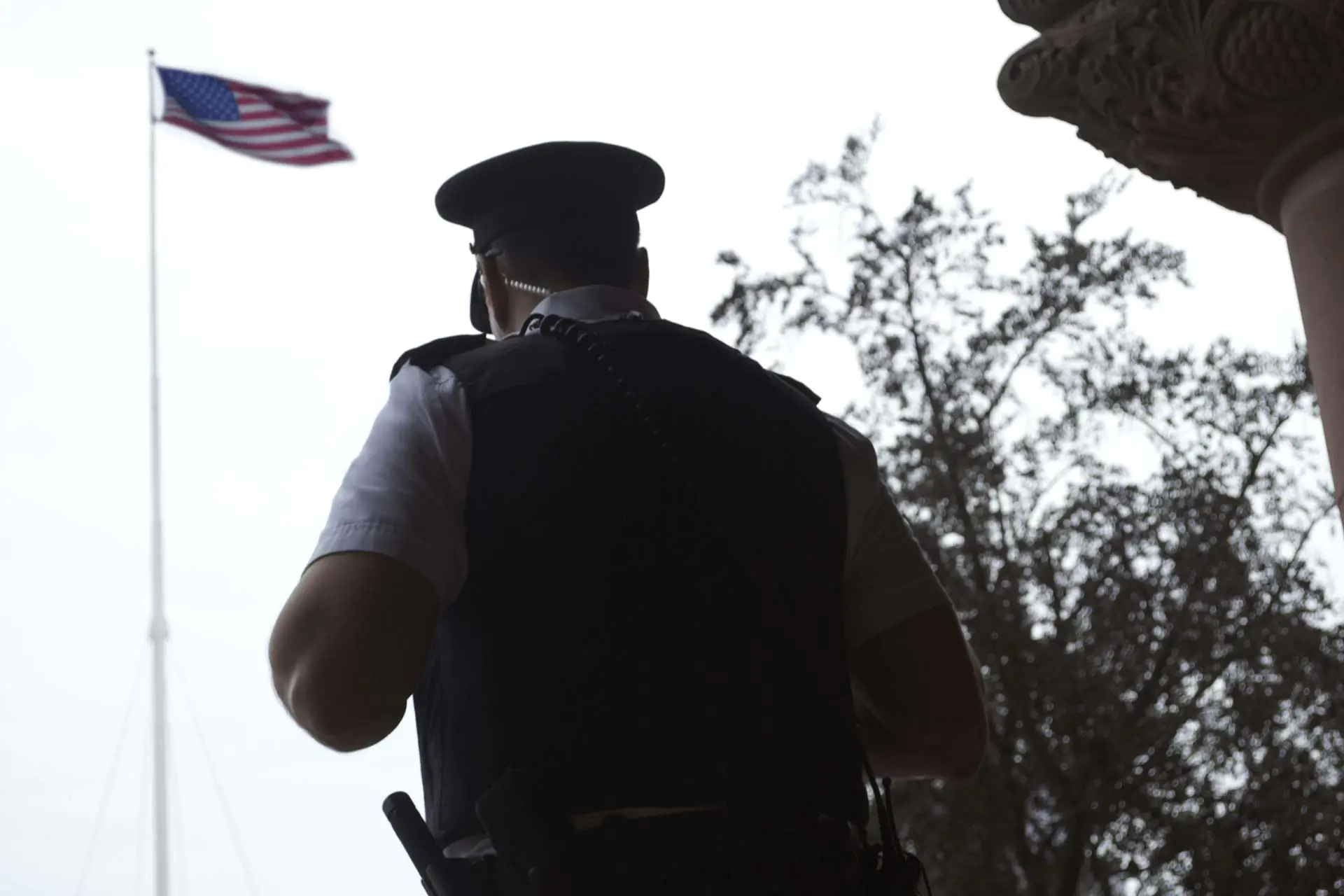De-escalation is not a new concept (one could argue Sun Tzu was one of its first proponents as he could solve conflicts without the need for fighting). Still, it’s a popular concept due to incidents that sparked public discomfort. It’s not unusual to hear things such as “Why didn’t the officer de-escalate the situation?”. This type of comment tends to disregard the practice of de-escalation.
More than a basic technique, de-escalation could be defined as a way of policing that favors the diffusion of stress to avoid the use of force if possible. But for de-escalation to be done correctly, officers must receive proper training to know, for instance, when “talking somebody down” has failed and identify the right time to transition to physical de-escalation.
The Best Tool in Law Enforcement’s Workbook

The aim of de-escalation is for citizens to comply voluntarily. When individuals don’t want to cooperate or can’t because of a condition, the use of force might seem the best choice to maintain order. But taking a step back to reassess a situation can produce better outcomes with far-reaching favorable consequences.
De-escalation improves the public perception of the police, as officers are seen as reasonable and understanding. In a time when a routine police stop can trigger emotional distress, de-escalation shows communities a willingness to talk things through, improving their relationship with law enforcement.
On the officer’s side, de-escalation can help reduce their stress levels, allowing for better decision-making. Communicating with the citizen, be it through words or body language, that the interaction is just a reasonable opportunity to address an issue and that there is no danger in using force, can help the individual remain calm, thus letting the officer stay relaxed. This may seem minor, but keep in mind that high levels of stress can lead to harsh and demeaning language and violence.
Finally, when words fail, physical de-escalation techniques can be used without using excessive force. Hands-on control tactics and the excellent use of TASER or pepper spray can stop increasing stress. Of course, this approach should be a last resort.
A New Approach

It will always be better to avoid confrontations; many law enforcement agencies worldwide can provide examples of this. The job of the police is not an easy one, particularly when citizens feel compelled to exasperate law enforcement officers as a means to avoid getting a ticket. But the first step to a successful de-escalation is to elude conflict if possible. Below are some de-escalation skills that can help in everyday situations.
Every Case Should be Approached with Legitimate Respect
Even when many state laws don’t require police officers to state why they’re stopping a driver before asking for their paperwork, giving an explanation beforehand will make the citizen feel respected. A detail this little can change the course of the whole interaction, turning unfair accusations into openness and more willingness to cooperate.
Officers Must Know Their Legal Limitations
Citizens have a right to record police interactions. It may be annoying to deal with, but it’s their right. Knowing this kind of information can help avoid escalation. More importantly, knowing legal limitations will help officers stay out of grey zones that can result in legal action against them.
Try To Understand Different POVs
Most probably, whoever’s being stopped over wants to get somewhere; for example, if it’s rush hour, the odds are it’s a parent wanting to get back home to their children. If officers make an effort to understand what may have motivated the person, they can approach the situation in better terms.
The Same Things Don’t Make Sense For Everyone.
When someone doesn’t comply easily, it may not be because they are hiding something but rather because they feel distressed or have an impairment. Law enforcement’s logic isn’t everyone’s logic. Understanding this can change the course of the whole interaction.
Some situations can be approached differently. What worked last time may not work next time. Preventive de-escalation measures can change the way an officer’s job is perceived.
De-escalation techniques are not easy, for they require a lot of patience and compromise on the officer’s side. But in today’s day and age, de-escalation is sure to bridge the gap between communities and law enforcement.
This article was brought to you by Kustom Signals, a leading provider of law enforcement speed enforcement and video solutions.

